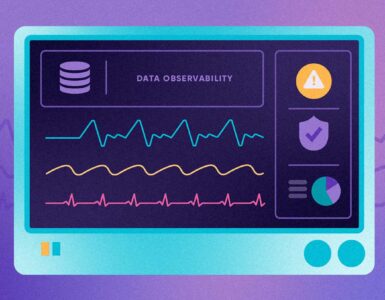In this digital age, small businesses face all kinds of web threats. Still, very few of them can be as damaging as data theft.
The consequences of data theft don’t stop at disruptions to your day-to-day operations. Data theft can cause financial losses and reputational damage. If it also results in the loss of sensitive data, you could even face legal action.
As damaging as these threats can be, they’re almost entirely avoidable. Following these five simple tips will help you ensure data safety and confidentiality.
1. Have a Contingency Plan
The first thing on your business preparedness schedule should be to create a contingency plan. This plan should lay out how to protect your data, but also what to do if things go wrong. Having an incident-response strategy helps you be a step ahead.
One thing that can help you prepare for the worst is calculating downtime risks. This involves accessing your systems and coming up with the right emergency procedures. All this falls under business continuity management.
2. Protect Your Passwords
Complex passwords may be a nuisance, but they do wonders for fortifying your data. The more elaborate they are, the more protection they provide. For best results, consider using a password manager to keep track of them.
As for what passwords should look like, make them at least eight characters long. Add numbers and non-standard characters to prevent brute force attacks. You should also change them once per two months.
3. Prevent Malware
At their worst, malware attacks can cause huge amounts of data damage. For your business management strategy to work, you’ll need several lines of defense.
First, find security software that won’t compromise your network’s performance. To cover your bases, look for tools that can deal with hacking, identity theft, and shady websites.
You’ll also want to use anti-spam software to keep your emails clean. These tools can block spam, phishing attempts, and other email threats.
4. Take Data Disposal Seriously
Disposal of old devices should be a key factor in your data storage protection efforts. Deleting files or formatting the hard drive before getting rid of the device isn’t enough. In most cases, the data will still be recoverable with the right tools.
A proper data destruction policy should have specific protocols for each use case. These can involve computers, smartphones, flash memory, external drives, and more.
5. Secure Your Network
Many hackers make their living by gaining unauthorized access to wireless networks. Using an encryption key to protect the network is a good start, but it’s far from the perfect solution.
The best way to keep your network secure is to turn off its broadcasting function. This will make the network invisible, preventing any outside interference. For added security, use the strongest encryption setting on your router.
Other Threats to Data Safety
Investing in these data safety methods is essential for business continuity. Also, keep in mind that cybersecurity is everyone’s responsibility. If you think, “It won’t happen to me,” you already have a target on your back.
Want to know more about potential security threats to your business data? Keep checking out our Technology section!




























